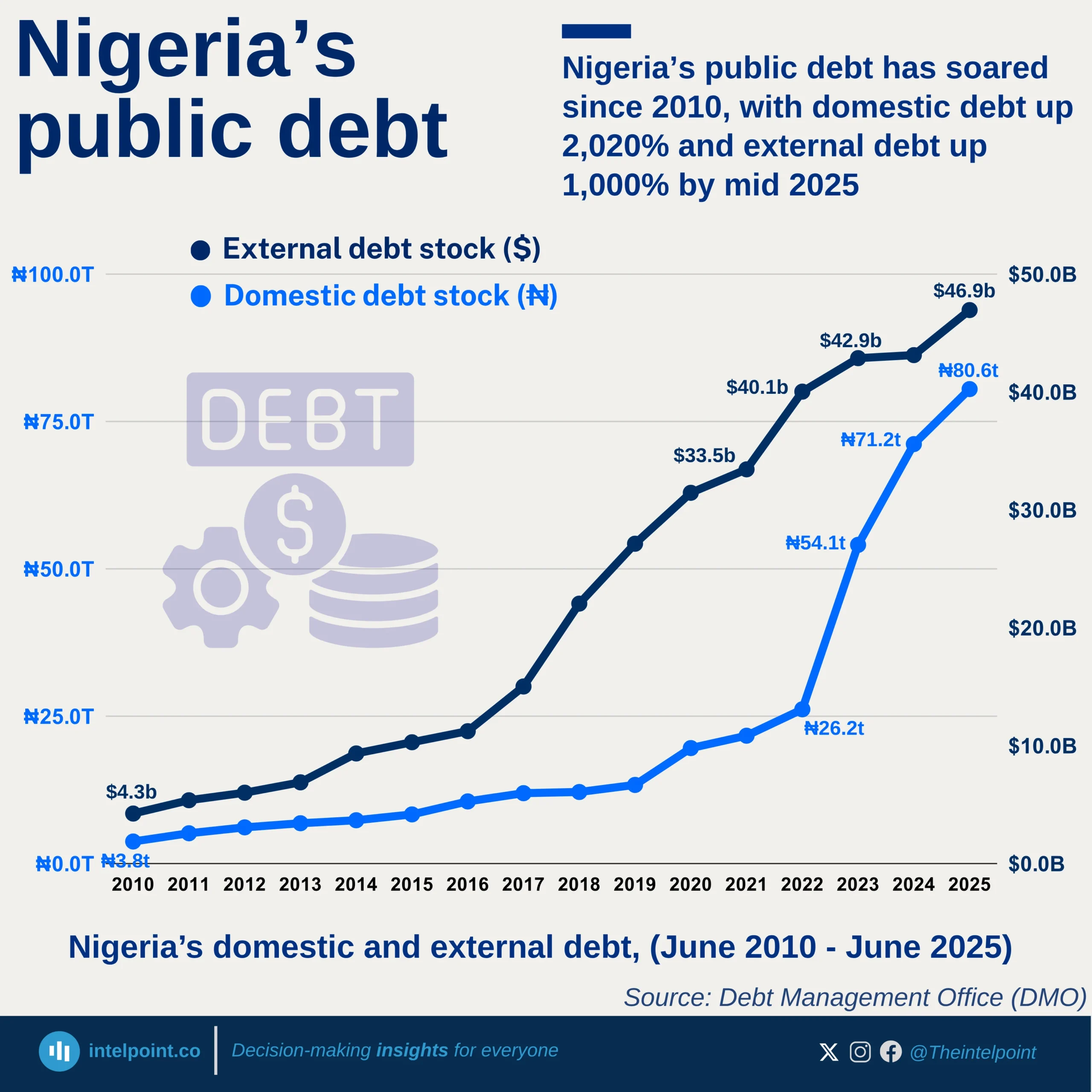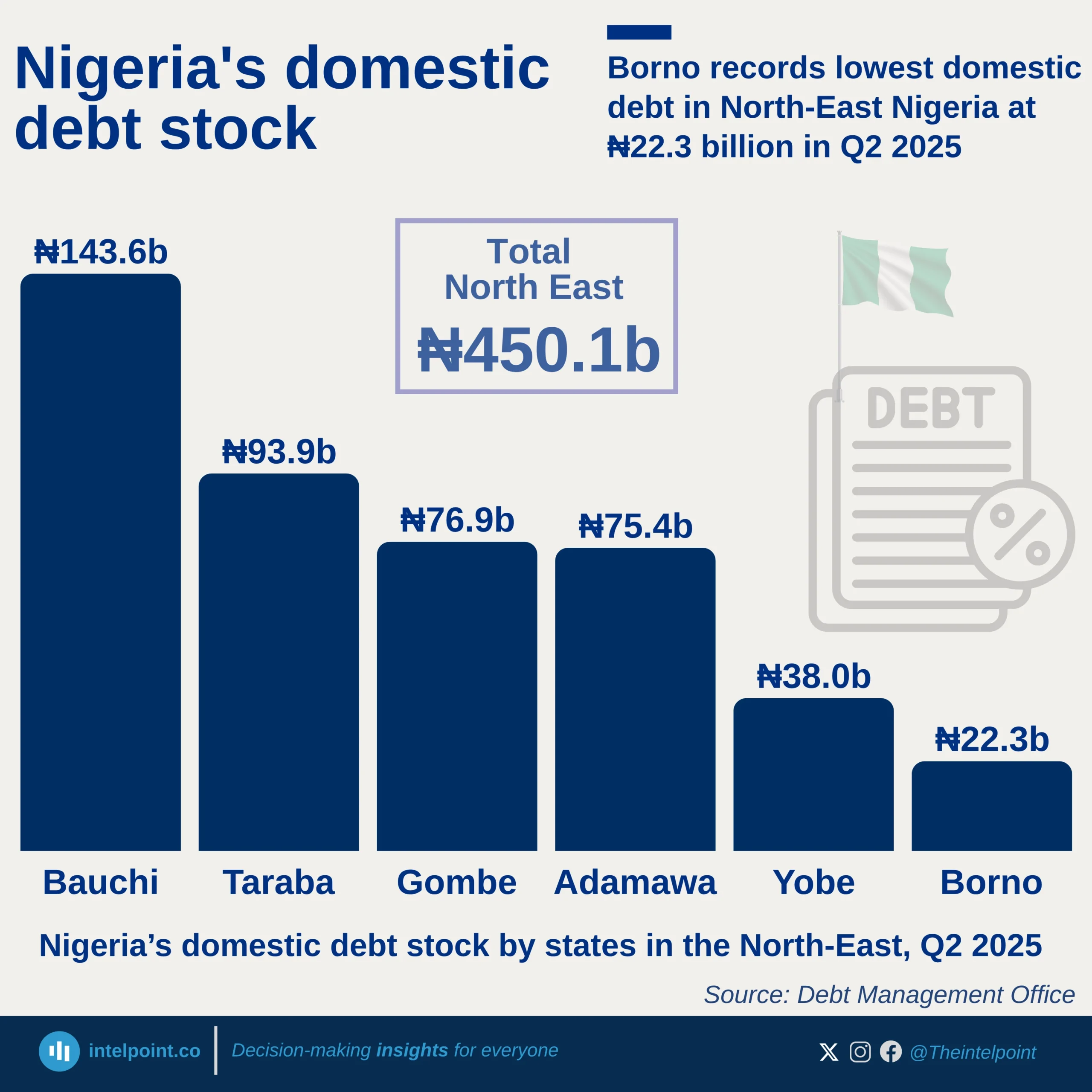The revenue profile of Nigerian MSMEs shows a sharp concentration at the lower end. Almost half of businesses generate less than ₦100,000 monthly, while about one in five falls in the ₦100,000–₦199,900 range. As revenues climb, the proportion of businesses narrows, with only 9.3% earning between ₦200,000 and ₦299,900, and just 6% in the ₦500,000–₦999,900 bracket.
Higher revenue bands remain rare: 5.4% of MSMEs report monthly earnings of ₦1 million–₦4.99 million, 1% earn ₦5 million–₦9.99 million, and only 2% fall in the ₦10 million–₦99.9 million category. At the very top, a mere 0.4% of MSMEs exceed ₦100 million in monthly revenue. This distribution highlights the dominance of micro-scale businesses and the small share of enterprises operating at larger revenue levels.





